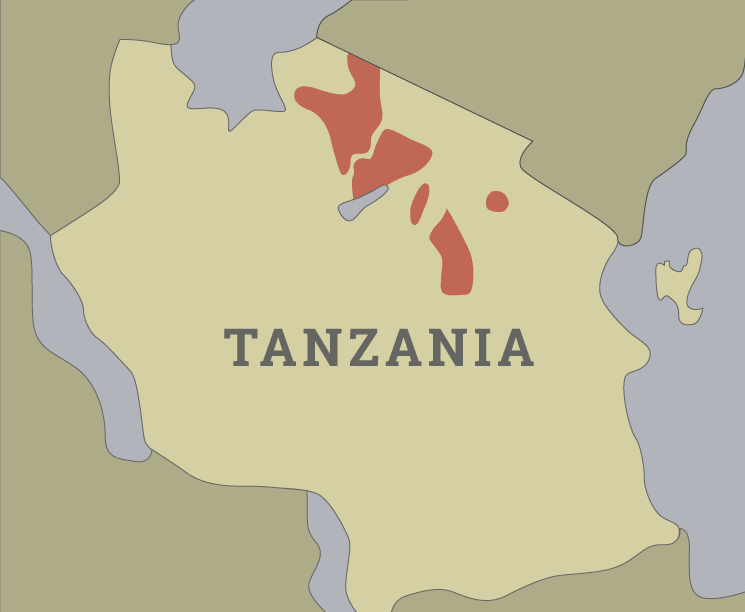What Lenses Do I Need?
Now here is where you really should start paying attention. The driver guides that Africa Dream Safaris employs are wizards at getting you quite close to the wildlife in the Serengeti. Being three meters from a lion, having baboons on the hood of your vehicle or an elephant sticking his trunk into your window are not unheard of. But most of the time, you are going to want a nice long telephoto lens with you. Not all animals are as sociable as the ones I mentioned above. Most will keep their distance and you are going to want to pull these beautiful creatures in close. I've never heard one person say "I wish I didn't bring this long lens with me".
We'll talk about weight under another heading but you're going to have to make some hard choices with what you take. When I go, I usually take three lenses. One is a 16-35mm zoom. This is what I use for landscapes, sunsets and people shots in and around the lodges, the vehicles, and places like a Maasai village. Next, my primary wildlife lens is a 100-400 zoom. I take two cameras with me so this stays on one of them all of the time. But even if I just took one camera this lens would be on it most of the time. If you show up in Tanzania with a 200 or even a 300 as your longest lens you are going to want more. Trust me. Then, I take a 600 mm lens. Yes, it's one of those big white lenses you see on the NFL sidelines. It's a monster but it pays dividends.
Now, unless you're a pro, you are not going to own a really long 600mm lens (they cost about $14,000). That's a big chunk of change. Even a 100-400 is a couple of thousand dollars. You're already paying a lot of money just to go on this trip and buying a lens dedicated to one vacation is a little crazy (but cool as hell!). Don't fret... there are companies in the United States that rent lenses. These companies stock and rent cameras and lenses per day, week, or month and they are pretty reasonable. You can also insure the gear through them. Companies come and go, but lensrentals.com, borrowlenses.com and lensprotogo.com are all companies I have used. This is probably the trip of a lifetime for you. Why not show up looking like a photographer from National Geographic? This is a great way to give yourself what it takes to come back with pictures not everyone has... and not break the bank.
A lot of people also take a teleconverter or two as well. These insert between your camera and your lens (they are camera specific) and increase the magnification of a given lens. They usually come in two flavors... 1.4 and 2.0. Basically a 1.4 turns a 400 mm lens into 560mm lens (1.4 X 400 = 560) A 2.0 turns a 400 mm lens into an 800 mm lens. I don't use a 2.0 because I think it degrades the images too much. But some people don't mind this for the extra reach it provides. Myself, I always have a 1.4 in my bag. You just never know what opportunities you may run into. You can rent these as well.
And don't forget those bridge cameras I mentioned earlier!! Even though you can't change the lenses on them, the Sony we took had a zoom range of 24-600MM!! And Nikon currently has one with a zoom range of 24-2000mm!! There are some compromises to these cameras... but hey... 2000mm?!! Yes!
What makes one 200mm lens (for example) more expensive than another 200mm lens is the way it is made. The expensive ones have better glass and they allow more light into them (thus allowing you to shoot in darker situations) and freeze movement better. Yes, there is a difference. BH Photo/Video in New York is the go-to supplier most pros use. If you browse that site, you will find a wide array of lenses for sale. Sometimes two lenses by the same manufacturer with the same zoom range can be hundreds or even thousands of dollars difference. "What's up?" you might ask. Again, hit the "ASK JEFF" button and I can walk you through this with the lens you have your eye on.













